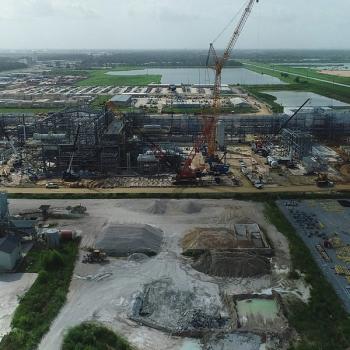
Energy storage
Several strategies are being suggested for integrating fluctuating renewable power to the grid. One is to build energy storage plants that can even out uneven renewable power. Some, such as the myth busters of our magazine, argue that today’s fossil and nuclear plants can ramp up and down quickly enough to absorb 25% of renewable power in the U.S. Bulk energy storage plants, such as Compressed Air Energy Storage and Pumped Hydro, would be too expensive compared to these plants, they say.
Others say that the context is important in the comparison. For instance, Michael Keller, President and CEO of Hybrid Power Technologies, says that nuclear plants cannot run down to 85% part load without a significant drop in efficiency. The plants employ fixed-speed reactor coolant pumps that make maneuvering difficult. The only way to reduce load for maneuvering purposes is to bypass steam to the condenser, which severely impacts efficiency. “The already dismal efficiency of about 34% is reduced to around 29%, assuming the operators would even attempt to jerk the plant around,” adds Keller.
Gas turbine plants can easily run down to 85% part-load without a significant drop in efficiency. But the cost advantage may be offset by the fact that the turbines are less efficient on hot summer days. Load drops will also contribute to efficiency reduction. This means that compressed air storage units may not be too expensive when compared to combustion turbine plants.
Keller contests the idea that alternative energy is generally more expensive than conventional plants. The plant for comparison would be the simple cycle gas turbine, as bulk energy storage plants would compete with that machine. And Cost of Energy (COE) should be the yardstick. To be competitive, the energy storage facility should have a COE roughly less than $140/MWh at $5 natural gas, says Keller.
Newsletter
Power your knowledge with the latest in turbine technology, engineering advances, and energy solutions—subscribe to Turbomachinery International today.




